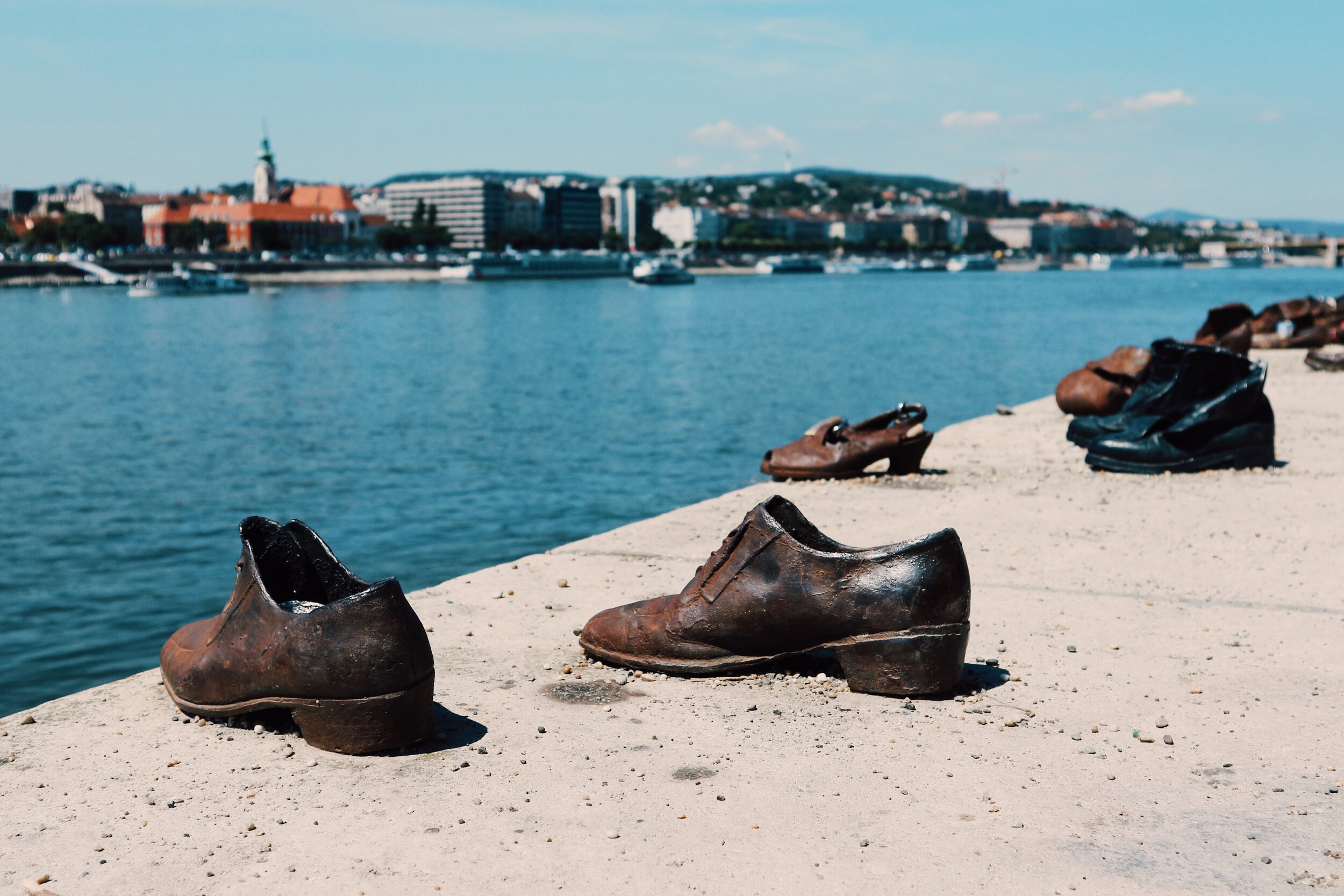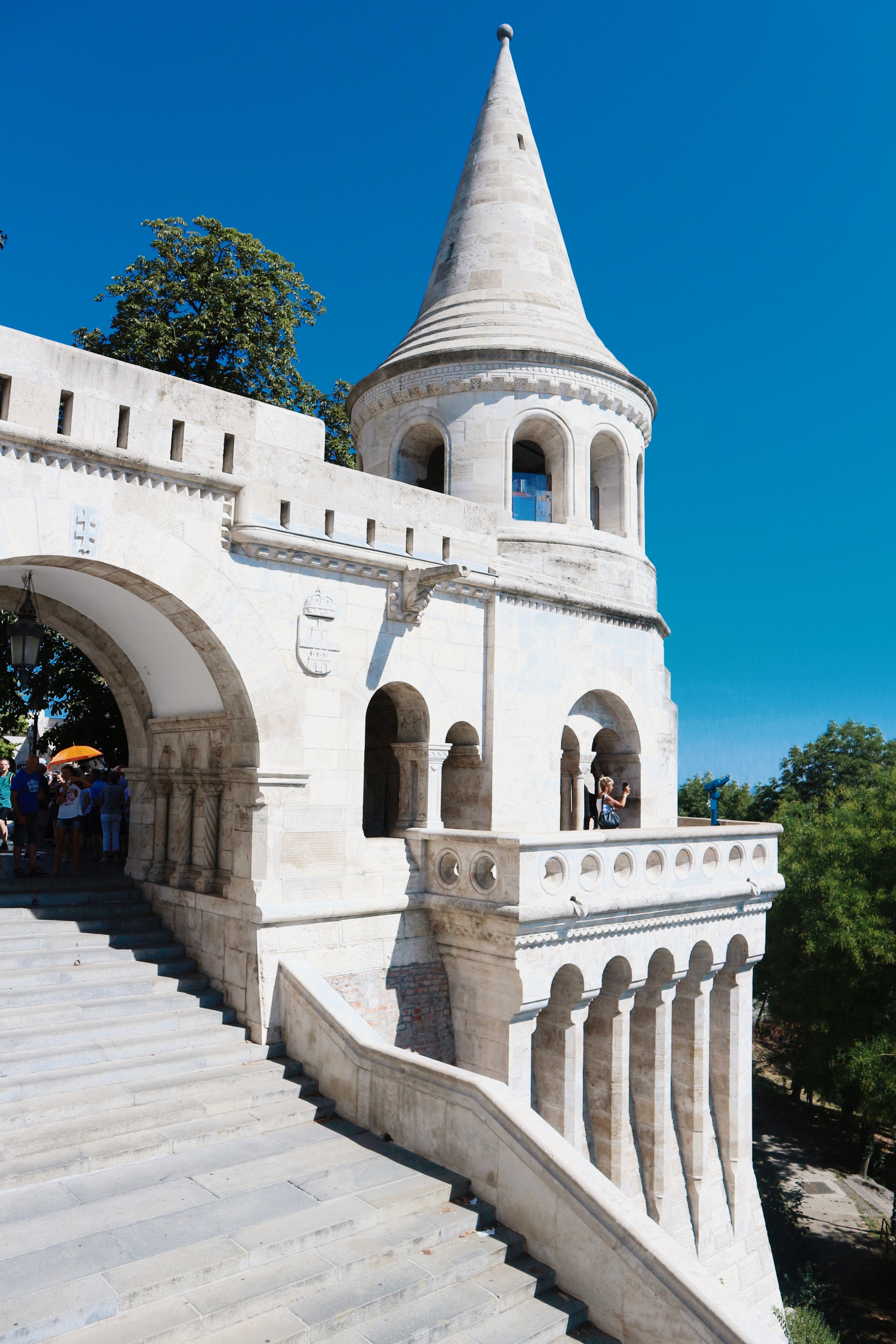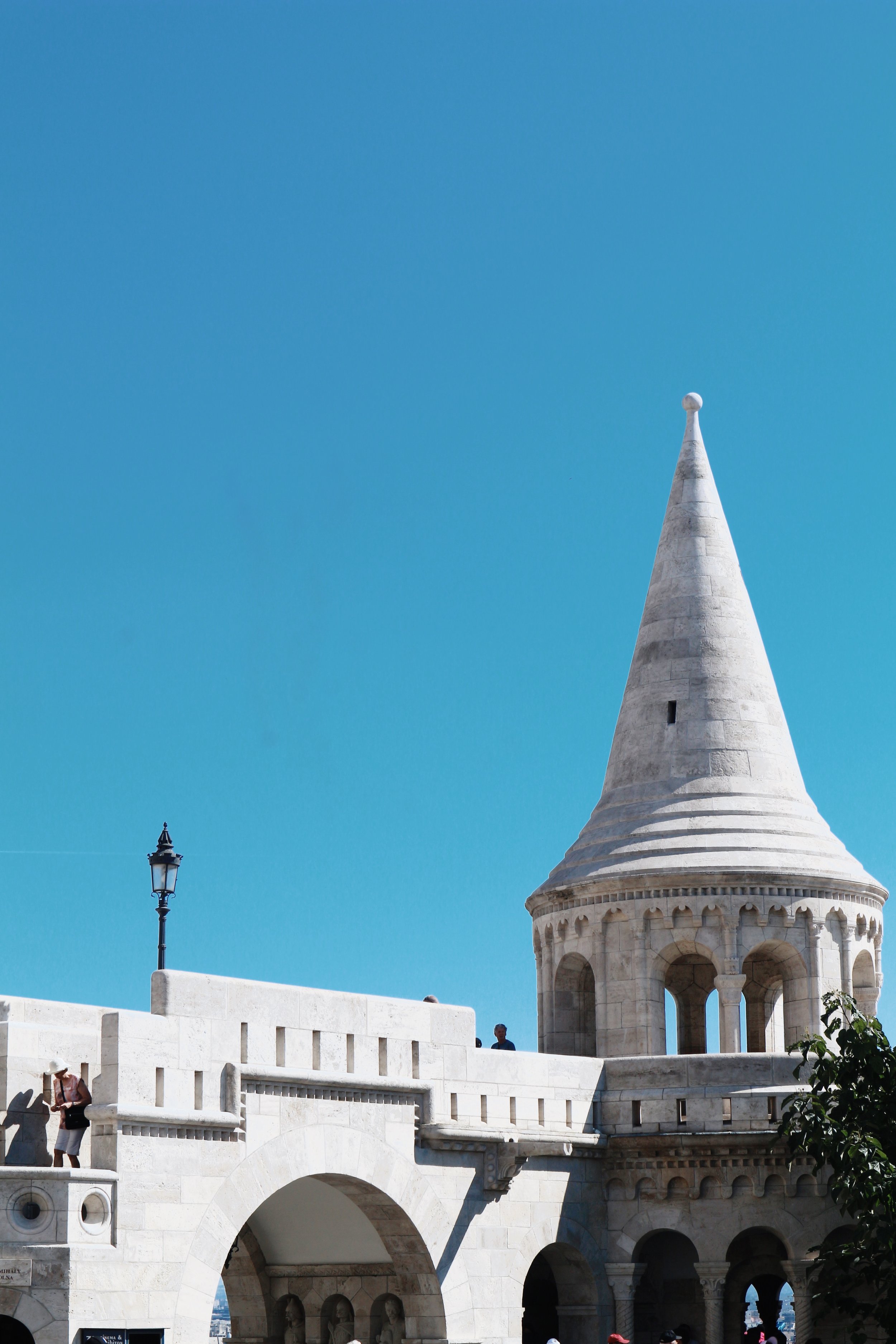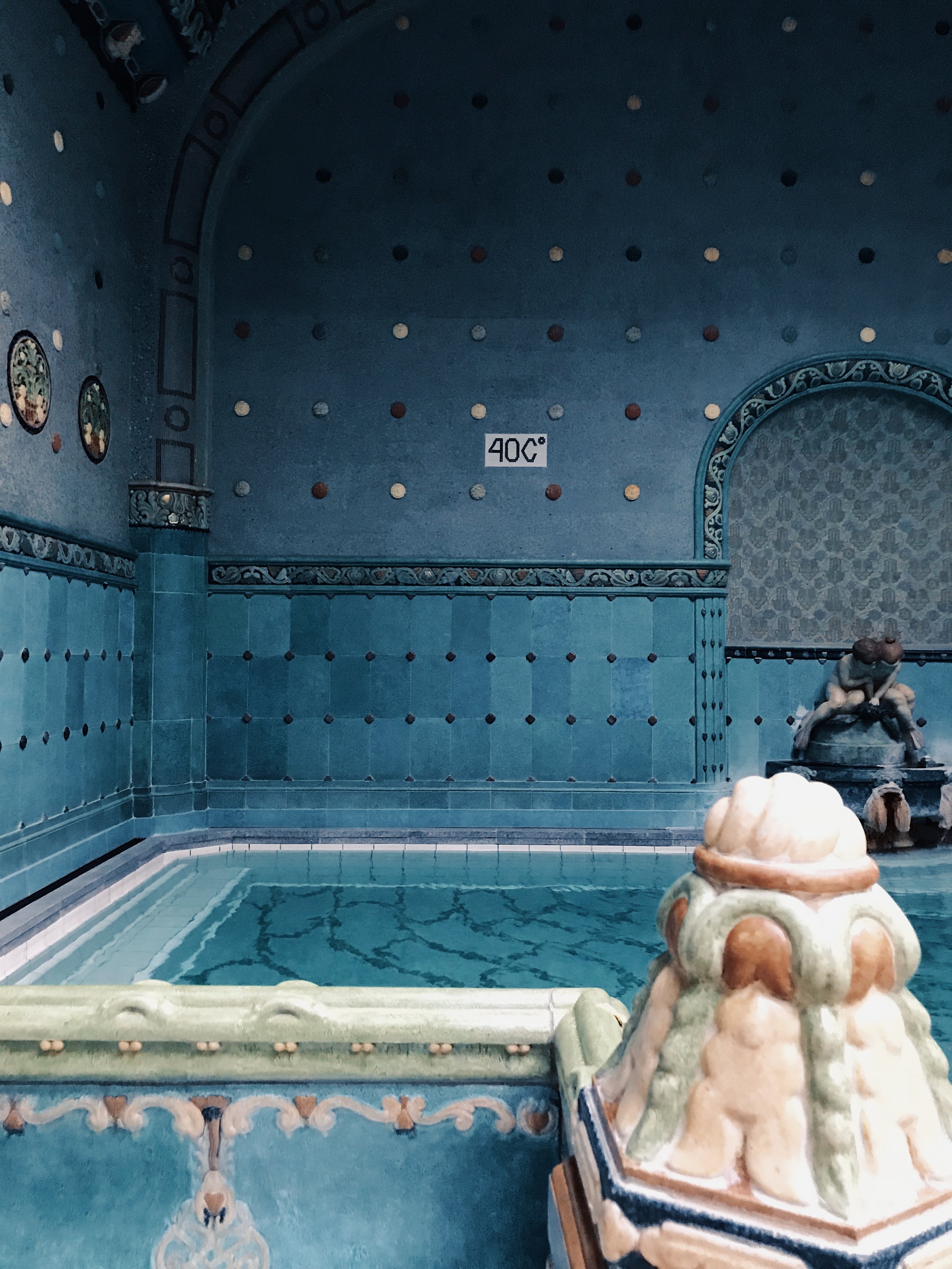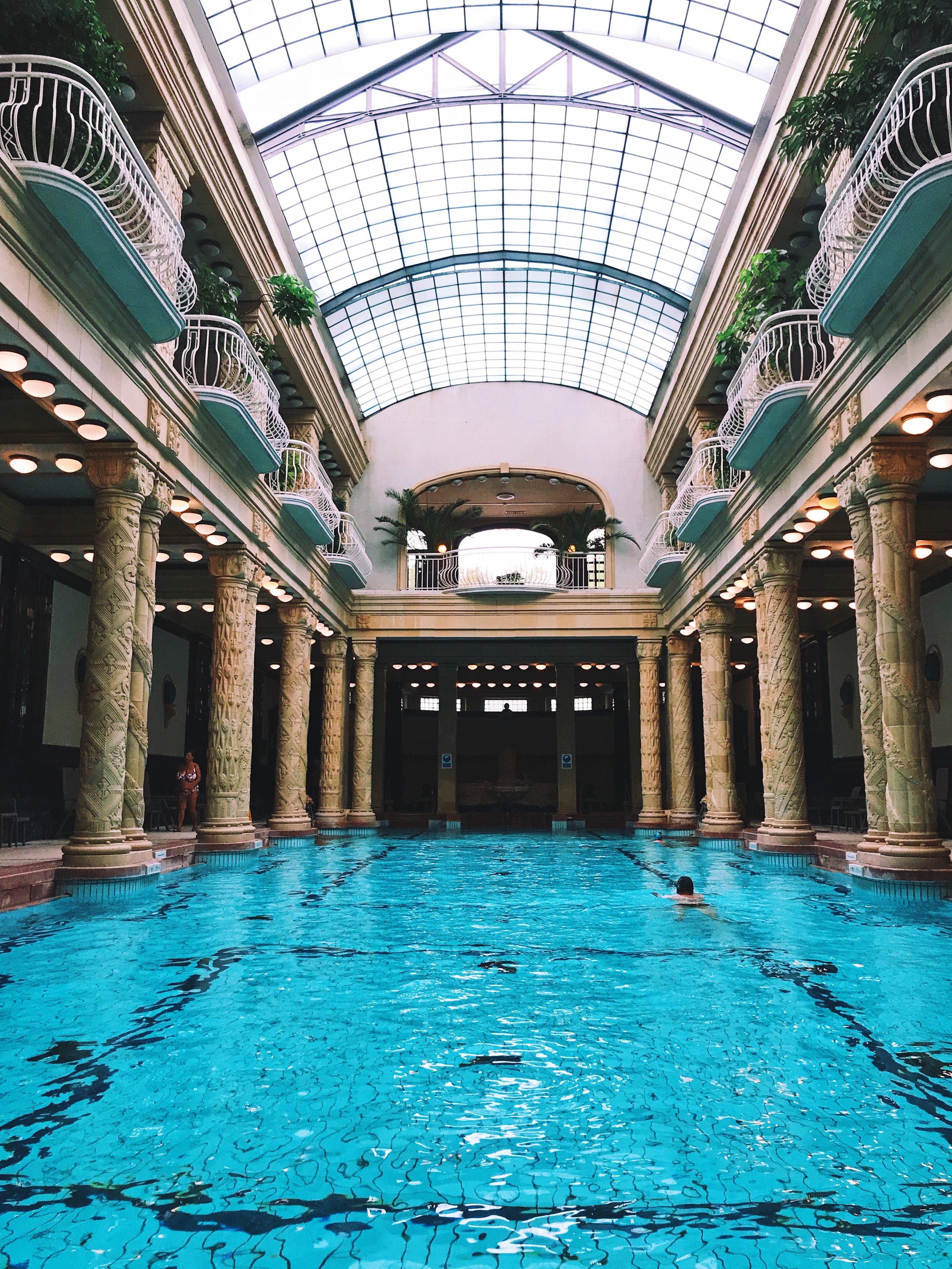Tucked away on the banks of the Danube River is a monument unlike any I’ve seen before. A row of shoes casted in iron. The shoes stand there paralyzed, as if waiting for the owners who left them behind and are never to return.
But these aren’t just any shoes. Together all 60 pairs form a memorial to the thousands of people killed by the facist Arrow Cross, the party formed in Hungary after Hitler toppled the Hungarian government in 1944 and replaced it with Ferenc Szalasi.
The party followed Hitler’s lead, harassing and killing Jews. One particular way they went about it was by dragging people to the banks of the river and forcing them to remove their shoes (which were very valuable during WWII) before shooting them, their bodies falling into the cold water of the river and getting dragged away by the current.
Needless to say, it’s a striking sight.
The Memorial was erected in 2005, a collaboration between film director Can Togay and sculptor Gyula Pauer. Each pair is designed in the 40s fashion. There are women’s, men’s and even small children's footwear, reminding visitors how the fascist regime didn’t show mercy to even the youngest of victims. Decades later, visitors still bring candy bars, little toys and flowers to fill the hollow space where feet should have stayed.
A few steps away from the monument is Budapest’s magnificent parliament building. And yet, the small monument overshadows the massive building.
Useful info:
The shoes are on the street, so you are not restricted to specific viewing hours. However, sunset and sunrise may provide for the best light.
It’s also completely free to visit.

